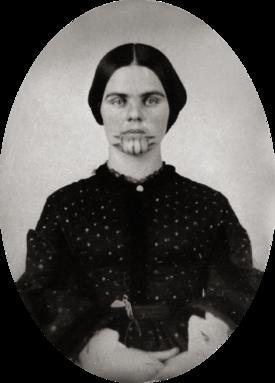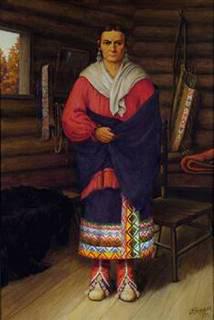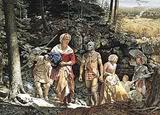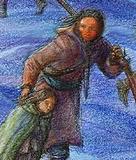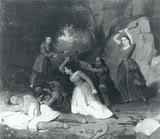Indian Captive in Present-Day California Olive Oatman was a fourteen-year-old girl whose family was killed in 1851 in present-day Arizona by Native Americans, possibly the Yavapai, who captured and enslaved Olive and her sister. A year later Mojave Indians adopted the two girls. After four years with the Mojave, during which time her sister died of starvation, Oatman returned to white society. Her story has been told, retold and embellished so many times – in the media and in her own memoir and speeches – that the truth is not easy to discern. Image: Olive Oatman after she was ransomed Mojave blue cactus ink tattoo on her chin: Five vertical lines with triangles set at right angles Credit: Arizona Historical…
